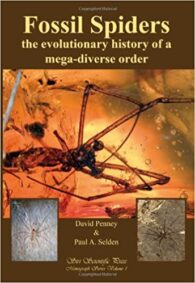There are several good books on the fossils of the Gault Clay and, by extension, Folkestone. However, this little guide has an advantage over the others that I have looked at.


There are several good books on the fossils of the Gault Clay and, by extension, Folkestone. However, this little guide has an advantage over the others that I have looked at.

It might come as a surprise to the vast majority of the UK population (and probably anyone reading this elsewhere), but this country is a great place for dinosaurs. In fact, it is one of the most important places for Lower Cretaceous dinosaurs, whose remains have been found on the Isle of Wight and in the Weald. A possible Triassic dinosaur has also been found in Morayshire, Scotland, and there are plenty more from the entire length of the Jurassic.
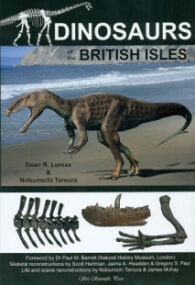
This is a lovely book – a glorious mixture of a beautiful coffee-table book and an academic treatise of the highest quality. But why microfossils? What is it about them that can create such strong feelings?
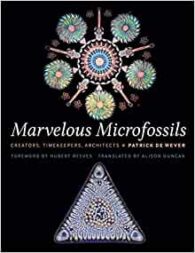
I have a soft spot for PalAss guides and have reviewed several in the past. As a collector myself, the amount of information about the relevant fossils is second to none, with black and white photos and descriptions of virtually everything the amateur or professional palaeontologist might need.
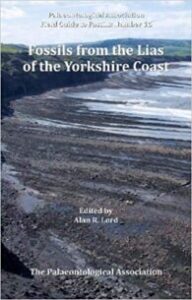
Like others in the series, Fossils of the Gault Clay has the usual excellent black and white photographs of beautifully prepared specimens. Each chapter is authored by a specialist in the relevant subject, containing an introduction, followed by detailed systematic descriptions of each specimen.
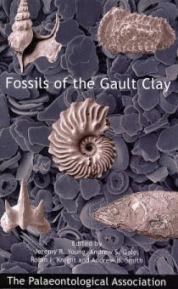
The blurb for this book states that it will “profoundly affect the way paleontologists and climatologist view the lives of ancient mammals”. However, not being either a (professional) palaeontologist or climatologist,but having read it with interest, I am not sure that is correct. Anyone with an active interest in what the interactions of ancient mammals and their environments tell us about the presentand future will be interested in this well-written and engaging book.
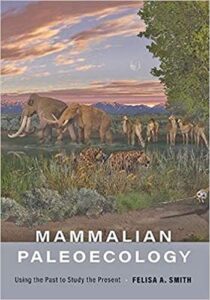
Just a couple of days before the Covid-19 lockdown, I was with friends at Tidmoor Point collecting wonderful pyrite ammonites from the Oxford Clay with this excellent guide to the South Dorset Coast. The South Dorset Coast runs from the West Fleet (of Chesil Beach fame) to and including the Isle of Portland.
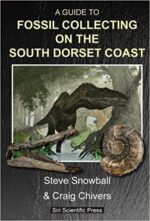
Increasingly nowadays, the London Clay Formation is becoming a favourite hunting ground for fossils and several good books have been written about it. This guide, written by eminent plant palaeobotanist, Margaret Collinson was the first published by PalAss in its library of guides to (usually) UK fossils for professionals and amateurs.
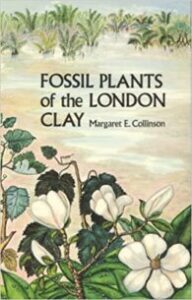
The Pentland Hills in Scotland yield a large number of Silurian marine fossils. Although theys are only found within a small area of the Pentland Hills, the formations are extremely rich in fossils.
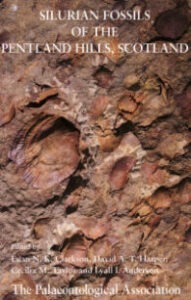
Dorling Kindersley is well-known for producing popular reference media for beginners and enthusiasts. Its Eyewitness Guides to fossils and rocks and minerals, for example, along with their later addition, the Eyewitness Handbook of fossils, certainly makes a useful starting point for anyone new to geology or palaeontology.
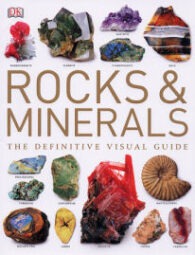
This is another guide in the excellent “Landscape and Geology” series of local geological guides published by The Crowood Press. And this is as good as the others. Admittedly, it has a wonderful subject matter, because the Isle of Wight is a geological gem with its 110km long coastline displaying a range of rocks dating from Lower Cretaceous to Oligocene age. I know from personal experience that many of its sands and clays contain collectable fossil bivalves and gastropods, and its famous dinosaur footprints attract attention from both geologists and tourists, with always the possibility of finding a bone or two.

If you, like me, spend much of your palaeontological time collecting Jurassic and Cretaceous fossil cephalopods (ammonites, belemnites, nautiluses and the), you will be delighted at the number of books being published about this fascinating group of animals.
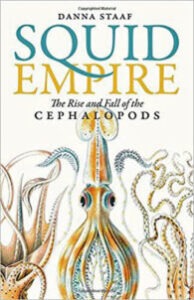
For a long time, Watchet has been known as a superb location for those interested in both fossils and geology, but, surprisingly, the location has had little in the way of media attention. However, within the last couple of years, this area has begun to attract a lot of interest and this little book will further increase its growing popularity.

I recently reviewed another of the guides in Crowood Press’s excellent “Landscape and Geology” guides, which was undoubtedly a great read. And this one is equally good, with great, full colour pictures, maps and diagrams, and easy to read text, with descriptions of interesting walks and what can be seen on them.That is, there are easy-to-understand explanations of how the rocks formed and how the geology affects the landscape, and there is also an n exploration of the long human story of the landscapes.
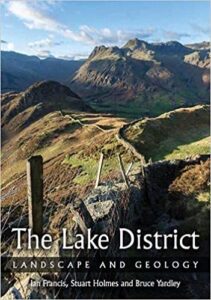
This newly published guide is another near-perfect fossil book from Siri Scientific Press, who are rapidly becoming my favourite publisher of esoteric palaeontology. This one is perhaps less arcane, as it deals with an area of Britain that has been extensively covered by various authors with varying degrees of success.
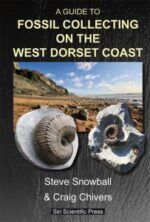
There is much to be enjoyed in this engaging book by Roy Plotnick, in which he brings the modern practice of palaeontology – and palaeontologists themselves – vividly to life.

Dean Lomax, sometime author of articles in Deposits magazine, is certainly making a name for himself, and has been now for many years. For instance, in January 2022, he was on television explaining about a remarkable find at Rutland Water Nature Reserve. And now he continues his admirable efforts for popularise his chosen academic subject – palaeontology – in this fascinating book about the fossilisation of behaviour.
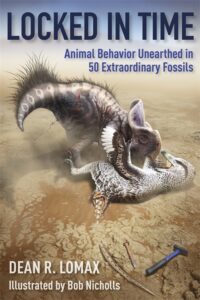
This book has something of an aspirational, rather than practical, feel to it. However, there is no doubt – in my mind anyway – that it is the best book on the geology of the Himalaya I have read. It is written with a nice light touch, with some humour. And it covers far more than just geology – where appropriate, it includes history, especially about the exploration of the subcontinent, and Asian culture.

Geologists’ Association Guide No 2 Compiled by Frank Moseley The Lake District is obviously a prime UK holiday hotspot and, each year, thousands of people visit to enjoy the walking and scenery. Equally obvious is the fact that these activities are possible as a direct…
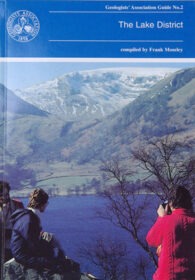
Mats Erikssön writes fascinatingly quirky articles combining his favourite genre of music and his profession – palaeontology and death (heavy) metal. I am certainly not an expert on the latter, but I do know that, to link the two, is always going to be a bold and humorous conceit.
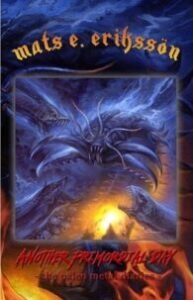
This is the much anticipated 4th edition of the GA’s Yorkshire Coast guide and it was well worth the wait. From personal experience, I was aware that the previous editions were extremely good for any geologist – professional, academic or amateur – who is attracted by the wonderful scenery and fascinating geology of this part of the UK coastline. However, this new edition is altogether an even better product.
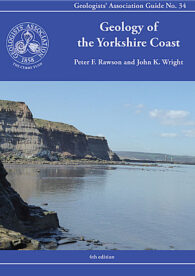
Andy Gale’s update of his guide to the Isle of Wight (this is the sixth edition) is an important change to an already excellent geological guide.

This is another of Dr David Penney’s (founder and owner of the excellent Siri Scientific Press, whose books I have frequently reviewed in this magazine) books on fossil spiders and insects. It is co-written with Dr James Jepson, whose research in Germany has involved studying fossil insects preserved in rock.
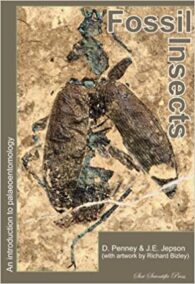
This is the second of a two-part series of monographs on spiders (and arachnids more generally) involving Dr David Penney (the first is Fossil Spiders: The evolutionary history of a mega-diverse order – Monograph Series Vol 1). This one is written with Jason Dunlop, who has described numerous new fossil species in a variety of arachnid groups, from scorpions to harvestmen, to mites and even some extinct groups.
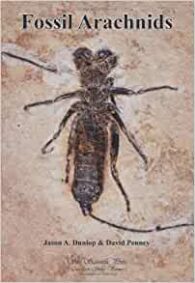
This is the first of a two-part series of monographs on spiders (and arachnids more generally) involving Dr David Penney and published by Siri Scientific Press – the other is reviewed at: Fossil Arachnids: Monograph Series Vol 2. This one is written with Dr Paul Selden, who has more than 30 years of researching, and teaching about, fossil arachnids.
